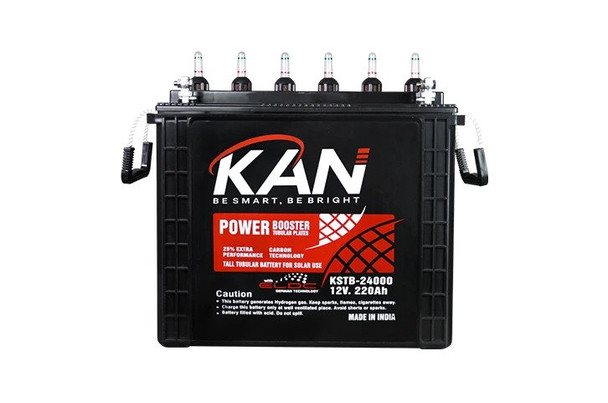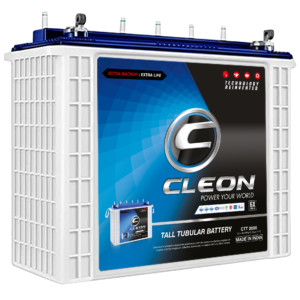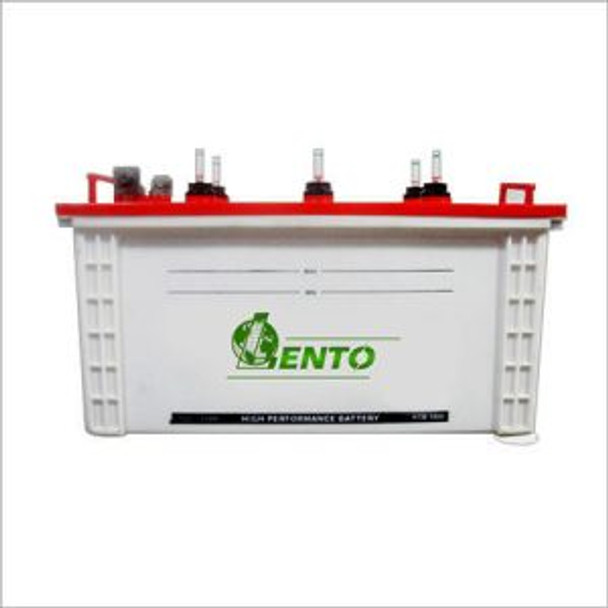How Power Inverter Generates Reactive Power
How Power Inverter Generates Reactive Power
A power inverter or inverter is a power electronic device or circuitry that changes Direct Current (DC) electricity from sources such as batteries or fuel cells to Alternating Current (AC).
The input voltage, output voltage, frequency, and overall power handling depend on the design of the specific device or circuitry. The inverter does not produce any power; the power is provided by the DC source. Power inverters are primarily used in electrical power applications where high currents and voltages are present.
Buy Online... Kan 12v. 220AH Solar Tubular Battery
Reactive Power
Reactive power is the power needed to keep the electric current flowing, and helps maintain voltage levels that are needed for system stability.
In the same way that we can think of real energy being stored in a battery, it is useful to think of reactive power as being stored within the electric field of a capacitor or the magnetic field of an inductor. To the degree that any circuit shifts the phase of the current to the voltage (and this can only apply to AC circuits), its impedance is said to have a reactive component. So, any circuit, including an inverter, that has an inductive or capacitive component to its impedance is temporarily storing reactive power in one or more of its components. An inverter often has a transformer as part of the circuit that attaches to an AC input and so is often an inductive load from the view of the power company.
Renewable energy sources, such as solar power, provide not only electricity but can also be used to generate reactive power. To prevent blackouts, renewable energy systems also need smart inverters to control the energy flux and manage the passive power of electrical grids.
Reactive power does not do the work of electricity we all know, like lighting a lamp or heating water. Instead, the AC system consumes reactive power to keep electricity flowing.
As the amount of electricity flowing on a line increases, so does the amount of reactive power needed to move the additional electricity and maintain the proper voltage. The longer the distance power moves on a line, the more reactive power is consumed. When reactive power is insufficient, voltage drops. If it continues to drop, protective equipment will shut down affected power plants and lines to protect them from damage.
Buy Online... Cleon Solar and Inverter Tall Tubular battery 12V 240AH
How Power Inverter Generates Reactive Power
We can use an inverter for reactive power generation. To deliver reactive power only, the voltage source connected to the main grid through a reactance has to generate a voltage in phase with the grid voltage but with higher amplitude. To absorb reactive power, it will generate a voltage still in phase with the grid voltage but with a lower amplitude.
Inverters generate reactive power by use of the freewheeling diodes on each of the power switches. The inductive nature of the load makes it want to draw current even after the power switch has been turned OFF. The load is shown as an induction motor but maybe the primary of a three-phase transformer or any other AC load. For an inverter to handle reactive power it must have the ability to run backward and absorb the reactive energy. This technology is called four-quadrant operation. The inverter can provide reactive power based on a function of the entire size of the inverter, not just on the level of generation. So, if cloudy skies drop solar generation from 100 percent to 10%, the inverter can use the other 90% of its remaining capacity to supply reactive power support and enhance utility grid power quality.
Reactive power control can be implemented in several ways – inverters can either be set to supply a specific ratio of active to reactive power, or set to dynamically match the reactive power requirements of the load as these change over time.
Inverter apparent power capacity is measured in Volt-Amps (VA). Historically, when inverters operated at unity power factor, the apparent power rating of an inverter (VA) was equal in value to the active power rating (W). So these terms were often used interchangeably. In the world of reactive power control, however, this is no longer the case, so the relationship between inverter capacity and active power needs to be clearly understood. Thankfully, it is a relatively simple relationship as shown in the following formula:
Inverter capacity x Power Factor = Active Power
Traditionally, PV Inverters were intentionally designed to feed as much active power (kW) as was available at unity power factor into the point of common coupling (PCC). More recently, utilities and independent power providers have shown tremendous interest in the three-phase inverter’s capability to also absorb and provide reactive power Q (kVAR) from and to the grid.
Over 95% of the time a PV inverter is running below its rated output current when converting DC solar power to AC active power. The unused capacity of the inverter can then be put to use to produce reactive power. The output of a smart PV inverter has both reactive and active AC currents that add geometrically to the apparent power, which will be limited by the current rating of the inverter.
GZ Industrial Supplies prides itself on being the first stop shop for inverters and batteries in Nigeria. You can call or visit any of our offices to discuss with our experts.
Buy Online... Lento Tubular Battery 220ah 12v
Related Articles
Buy Power inverters from the best supplier in Nigeria
Why Use Distilled Water For Inverter Battery - GZ Industrial Supplies
The Best Inverter Battery in Nigeria 2023 Reviews - GZ Industrial Supplies
Recent Posts
-
The Importance of Structural Steel in Industrial Construction
Key Takeaway Strength and Durability: Structural steel provides exceptional strength, making it ide …Oct 26, 2024 -
Impact of Lubricant Quality on Machinery Performance
Key TakeawayEnhanced Efficiency: High-quality lubricants reduce friction and wear, significantly imp …Oct 23, 2024 -
The Best Hydraulic Jacks for Industrial Applications
Key Takeaway Load Capacity: Selecting the right hydraulic jack is crucial for safely lifting heavy …Oct 23, 2024








